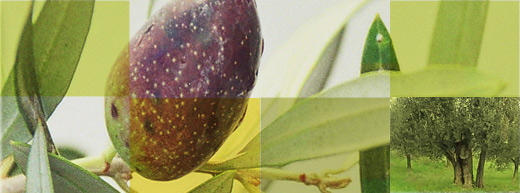

The size of an individual talc platelet (= a few thousand elementary sheets) can vary from approximately 1 micron to over 100 microns depending on the deposit. It is this individual platelet size that determines a talc's platyness or lamellarity. A highly lamellar talc has large individual platelets whereas a microcrystalline talc's platelets are much smaller. The elementary sheets are stacked on top of one another, like flaky pastry, and, because the binding forces (known as Van der Waal's forces) linking one elementary sheet to its neighbors are very weak, the platelets slide apart at the slightest touch, giving talc its characteristic softness.

Talc ores also differ according to their mineralogical composition (i.e. the type and proportion of associated minerals present). They can be divided into two main types of deposits: talc-chlorite and talc-carbonate. Talc-chlorite ore bodies consist mainly of talc (sometimes 100%) and chlorite, which is hydrated magnesium and aluminium silicate. Chlorite is lamellar, soft and organophilic like talc. It is however more hydrophylic. Talc-carbonate ore bodies are mainly composed of talc carbonate and traces of chlorite. Carbonate is typically magnesite (magnesium carbonate) or dolomite (magnesium and calcium carbonate). Talc - carbonate ores are processed to removed associated minerals and to produce pure talc concentrate. Talc's properties (platyness, softness, hydro-phobicity, organophilicity, inertness and mineralogical composition) provide specific functions in many industries.

.
.
.
.
.
|

